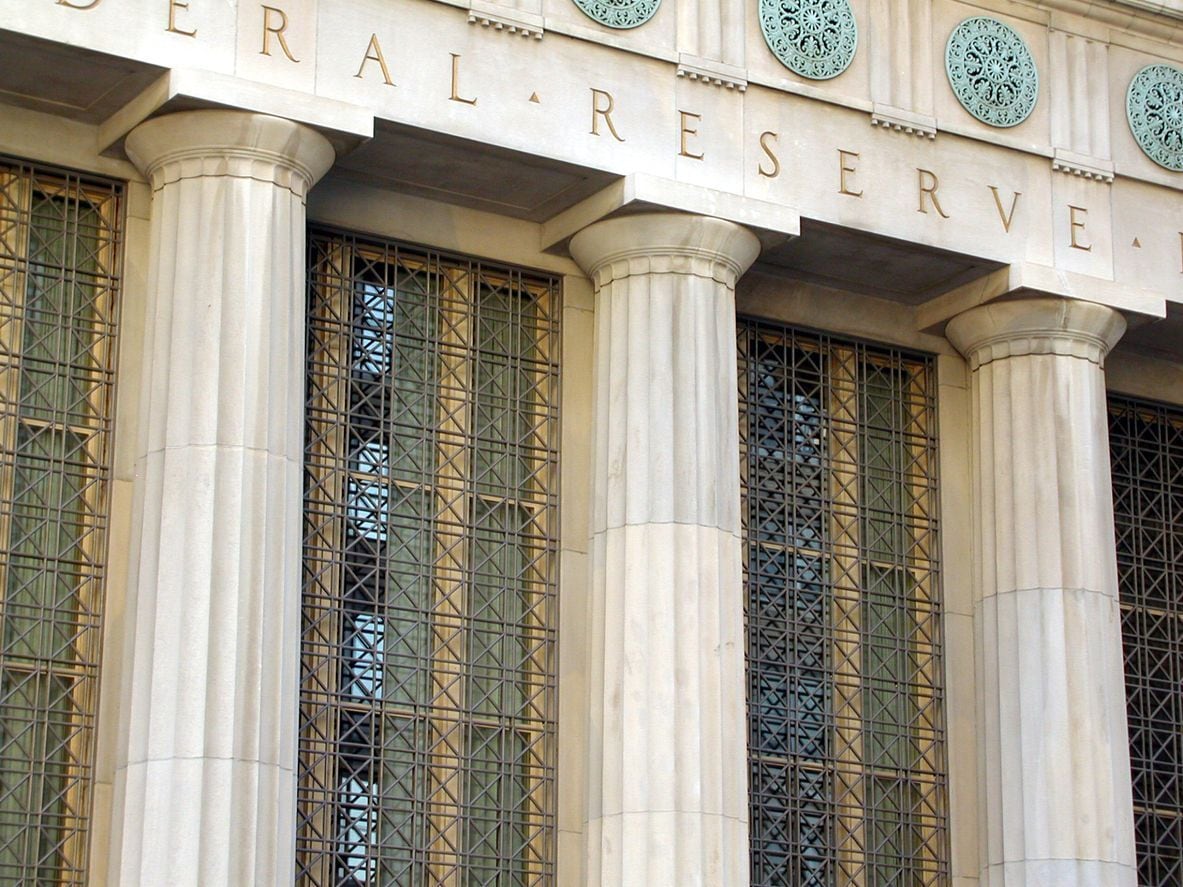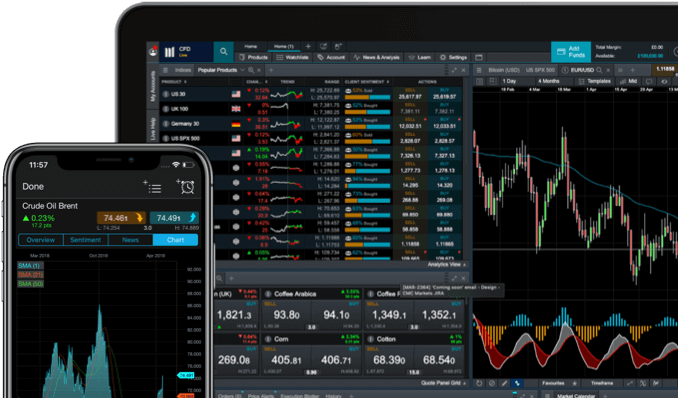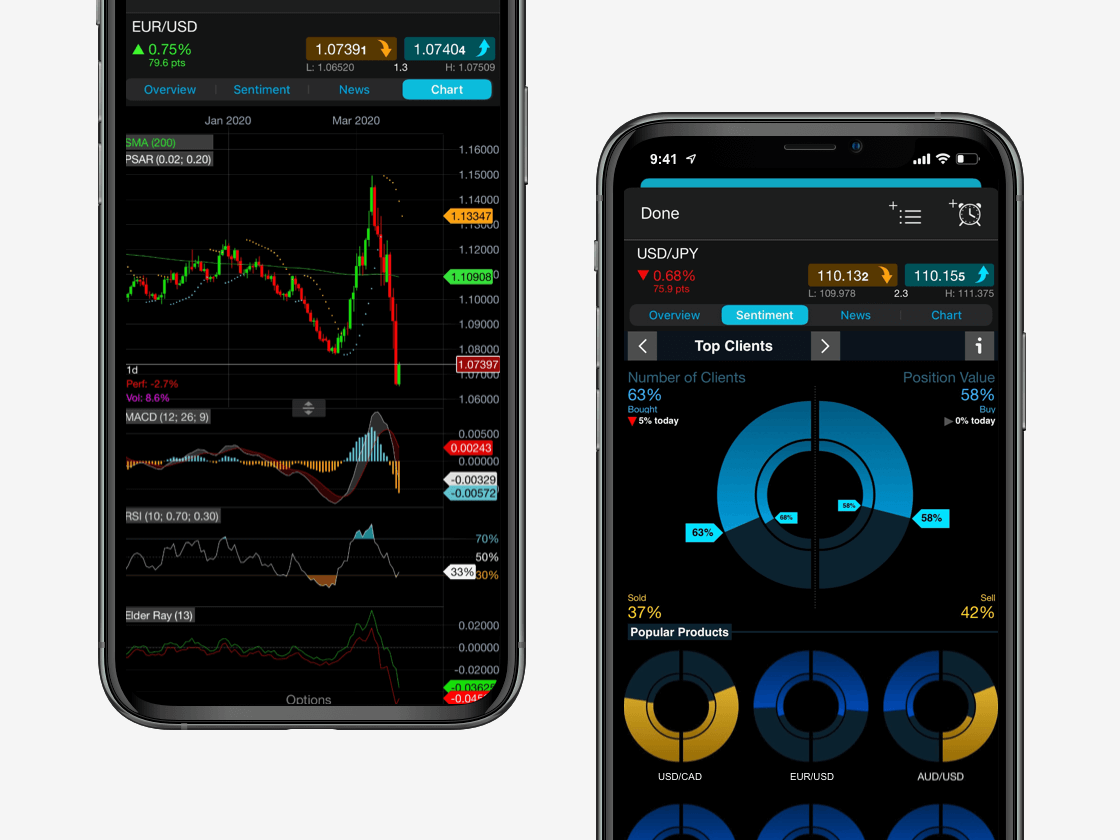According to the Fed, in April 1942, it committed to keeping a low interest-rate peg of 3.8% on short-term Treasury bills. It also capped the rate on long-term Treasury bonds at 2.5%. This led to the Fed buying up large amounts of government securities and ramping up money supply. It allowed the government to engage in cheaper debt financing to help fight the Second World War. The Dow Jones Industrial Average index fell to $92.92 in April 1942, but then sprang into a bull market ending in 1945 at just below $200.
In an unscheduled FOMC meeting on 6 October 1979, Federal Reserve System Chair Paul Volcker announced new measures to rein in inflation, which was around 9% annually at that time. According to the Federal Reserve, reporters rushed to the announcement to hear that the Fed would shift its focus to managing the volume of bank reserves in the system instead of trying to manage the day-to-day level of the federal funds rate. It was an approach that would lead to more fluctuation in rates. Volcker told reporters: “By emphasising the supply of reserves and constraining the growth of the money supply through the reserve mechanism, we think we can get firmer control over the growth in money supply in a shorter period of time.” However, he warned that there would be “some difficult adjustments ahead”. Indeed, interest rates reached 20% in 1980, inflation soared to 11.6%, and a recession took hold. Car dealers hit by high rates sent coffins to the Fed containing the car keys of unsold vehicles.
In December 2012, the FOMC brought in a strategy of threshold-based forward guidance as the US continued its recovery from the Great Recession of 2007–2009. It said that low interest rates would remain as long as the US employment rate was over a threshold value of 6.5% and inflation was no more than half a percentage point above 2%. The Dow Jones Industrial Average fell from $13,245 on 12 December to $12,938 on 31 December.
In an unscheduled meeting on 15 March 2020, in response to the emergence of the COVID-19 pandemic, the FOMC lowered interest rates to a target of 0% to 0.25%, down from 1% to 1.25% — a move designed to bolster the economy. It also increased holdings of Treasury securities by at least $500bn to ensure money supply.


















